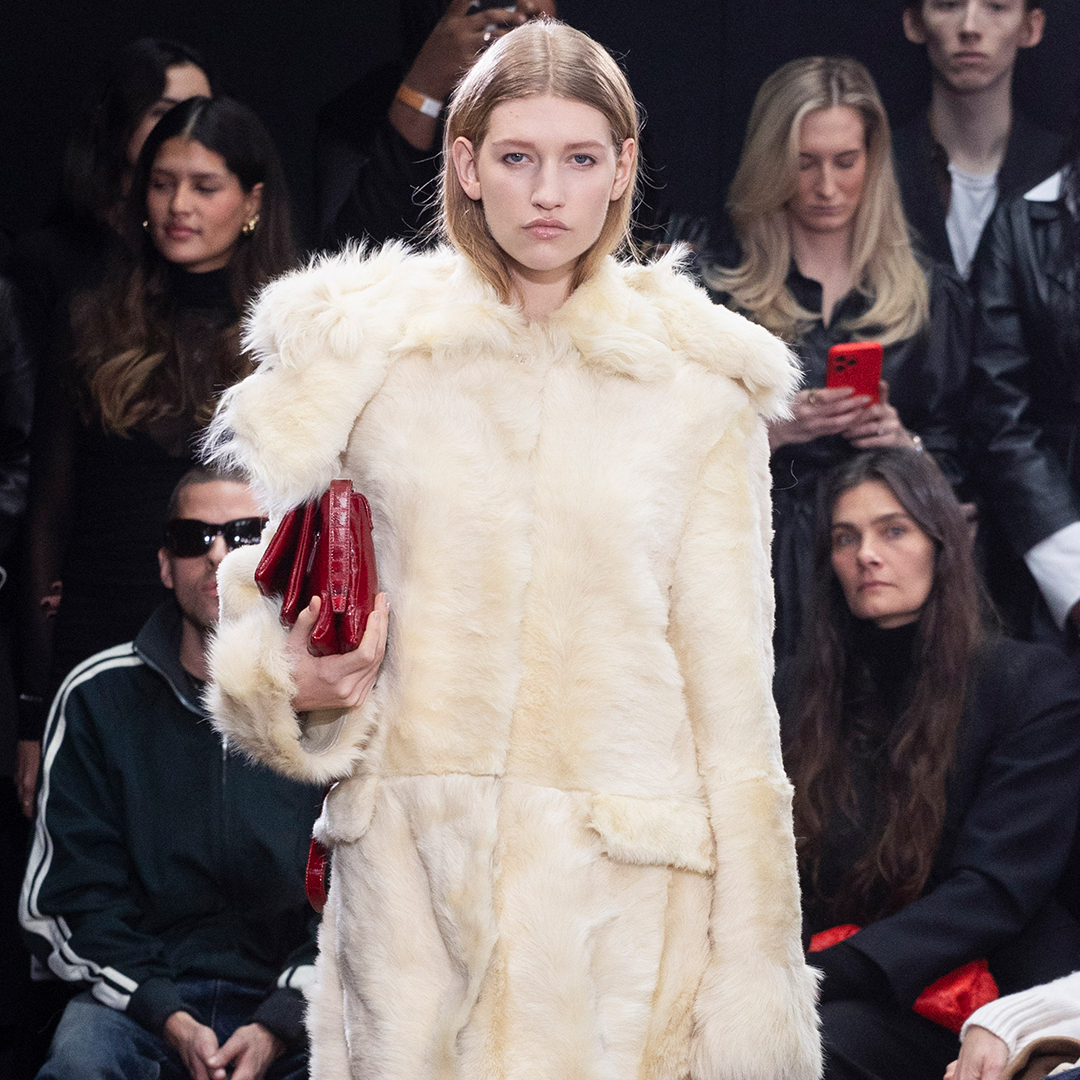New York Fashion Week was a healthy mix of fashion anarchists and reclaimed houses. But the talk of town? That must be Beyoncé showing up at Luar. Discover the most important highlights and biggest New York Fashion Week trends for fall/winter 2024 below. Cover image: courtesy of Proenza Schouler
Highlights and New York Fashion Week trends
This season, many collections matched the mood of the nation. From a panopticon at Area to protective bubble wrap at Helmut Lang and an unusual dark collection at Khaite. And then we haven’t mentioned Beyoncé’s front-row appearance at Luar, for which her cousin proudly walked the runway. It was a New York Fashion Week to remember, with old-fashioned star-studded front rows and a mix of reclaimed fashion houses and upcoming talent, leaving room for thought. After years of decline, it’s safe to say that NYFW is back.
However, it was no season of excessive renewal or revolution. Designers just did what they were good at. Clothes that fit the current state of the world are easy to wear and, without focusing too much on pushing boundaries, dominate the season. Striking were the returns of faux fur, in some cases real fur, the big buckle belt, and the heavy usage of leather and tule. Christian Siriano started NYFW with a collection connected with Dune: Part Two. The designer drew inspiration from Frank Herbert’s novel, evoking nostalgic feelings in movie posters. He set the tone with a certain post-apocalyptic feel—referring to the book and recent movie and, to some extent, the world we live in.
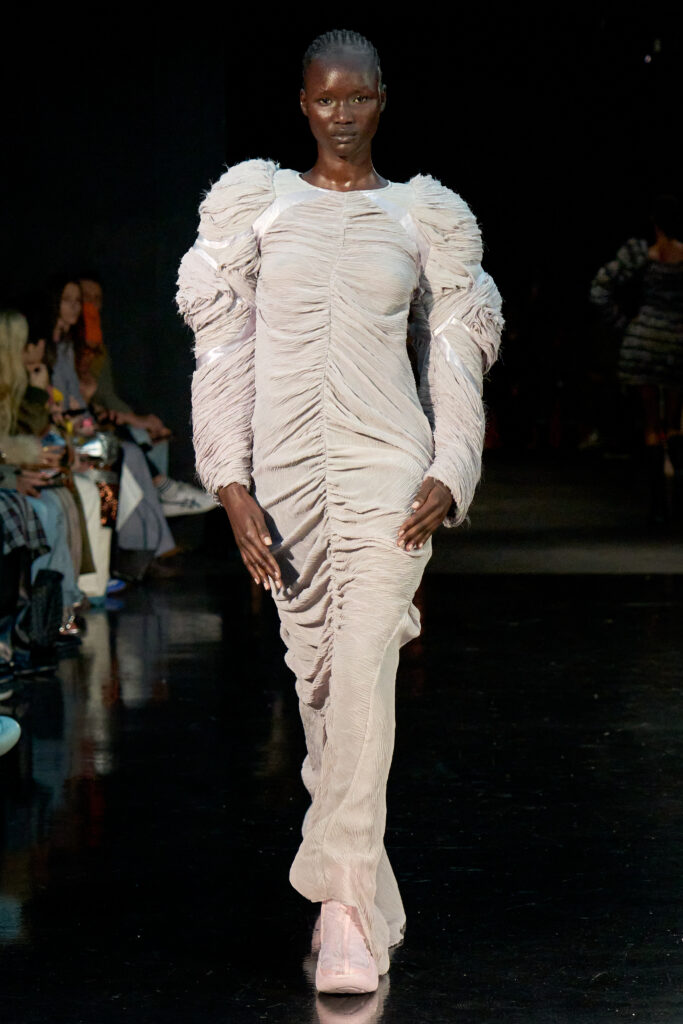
Collina Strada, Umberto Fratini on behalf of GORUNWAY
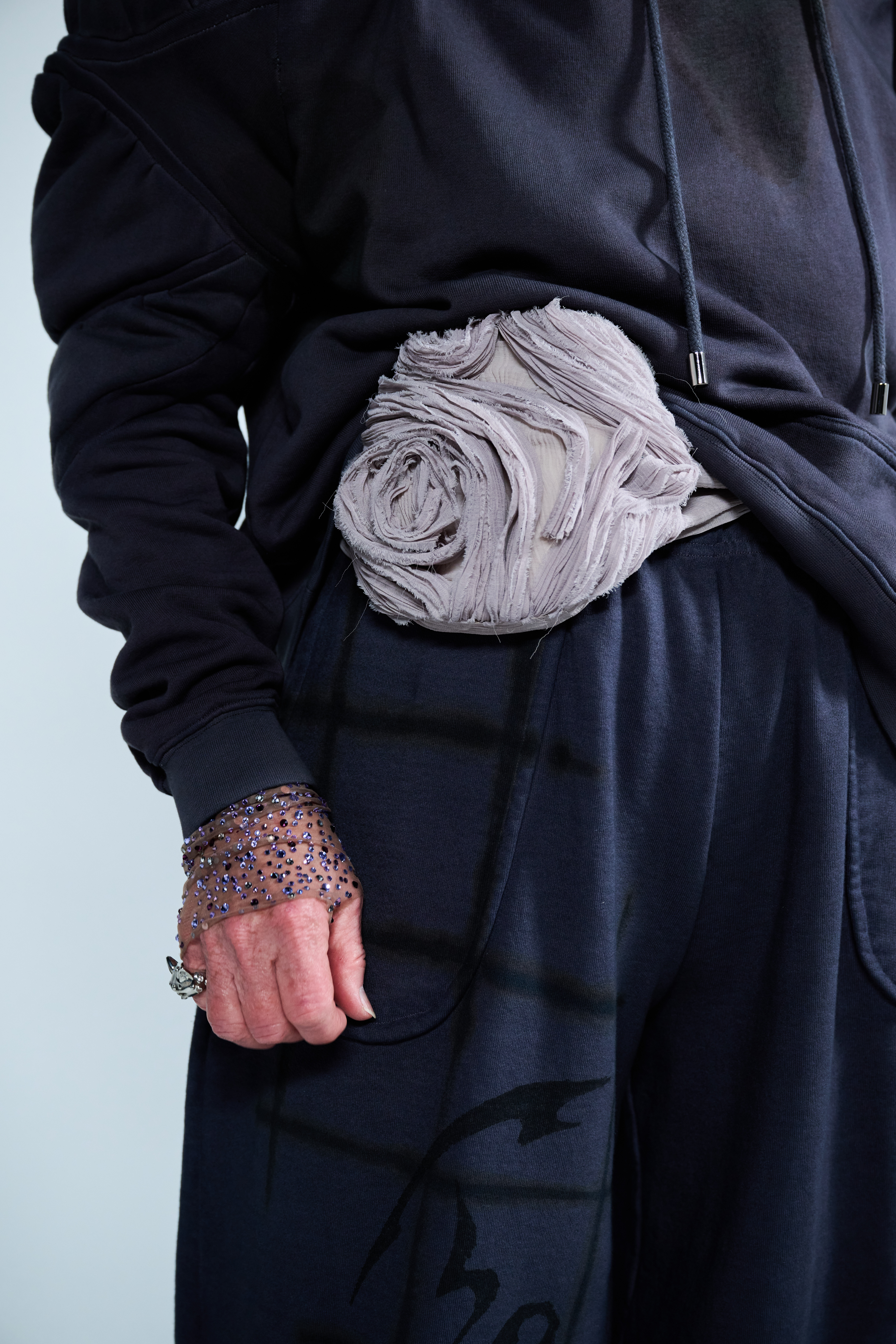
Collina Strada gathered a chorus of angelic female voices, singing, “We are the women of Collina – Our strength reflected in Collina.” Backed by a heavy metal soundtrack, the tone was set in a way only Collina Strada can pull off. The collection celebrated the essence of empowered womanhood and the feminine energy gracefully manoeuvring through the tumultuous currents of our world. The non-models felt familiar; usually, the creative director casts family, friends, and other people she feels familiar with, aiming to get closer to the concept of femininity.
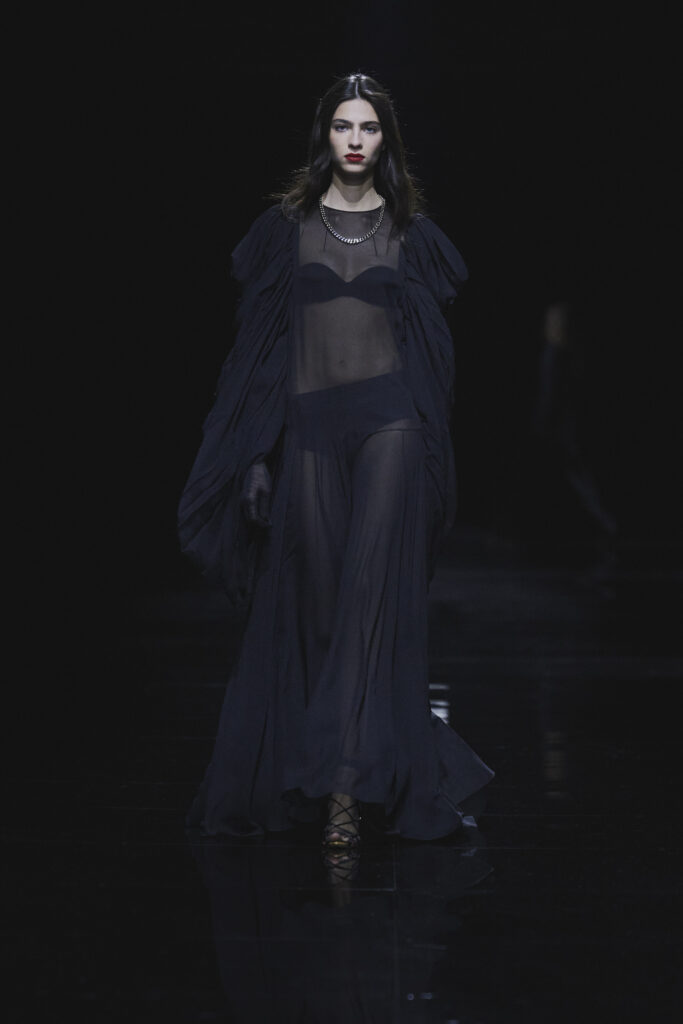
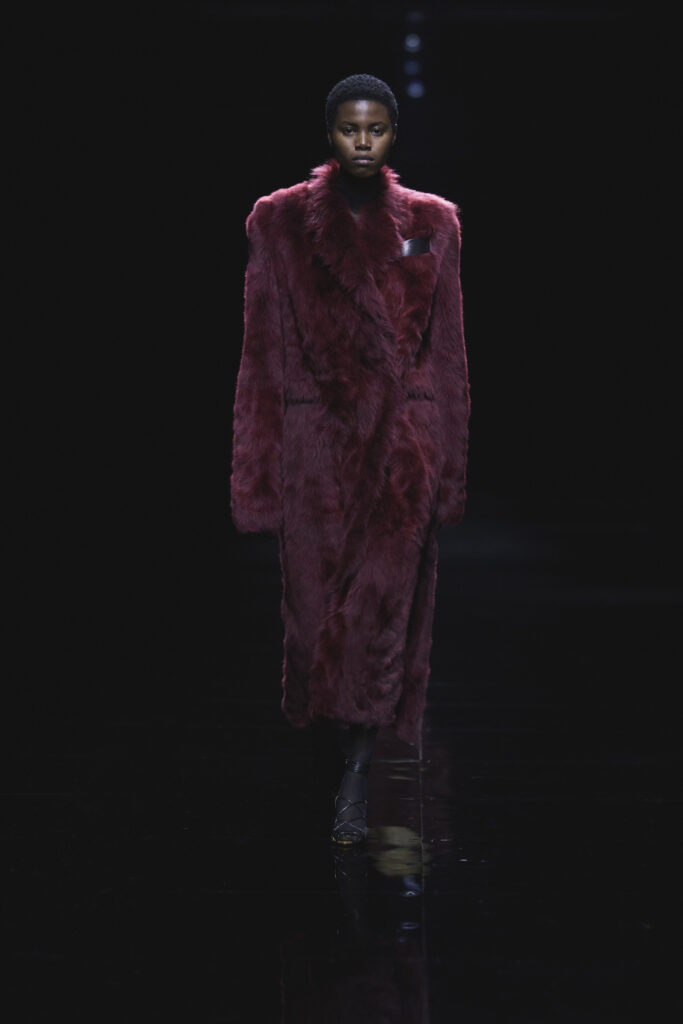
Khaite, New York Fashion Week’s darling, colored Pietr 61 Studios pitch black for its show. Founder and Creative Director Catherine Holstein dedicated this season’s collection to the memory of her late mother, who passed away recently. Holstein remembers her mom as “impossibly chic,” keeping a red lipstick on her nightstand to apply before she entered the living room. Despite the similarities, the Khaite woman is a little more down to earth. Holstein’s minimalist genius, with a dash of her mom’s chicness, has done her no harm in recent years. It’s hard to imagine that the fashion house was only set up in 2016. Finding confidence in contrast, this collection plays with exaggerated shapes and silhouettes, influenced by the late 80s and early 90s—when Holstein used to dress up in her mother’s closet secretly. One of the most striking items that will predict next season’s look? That must the draped white dress, both in color and form.
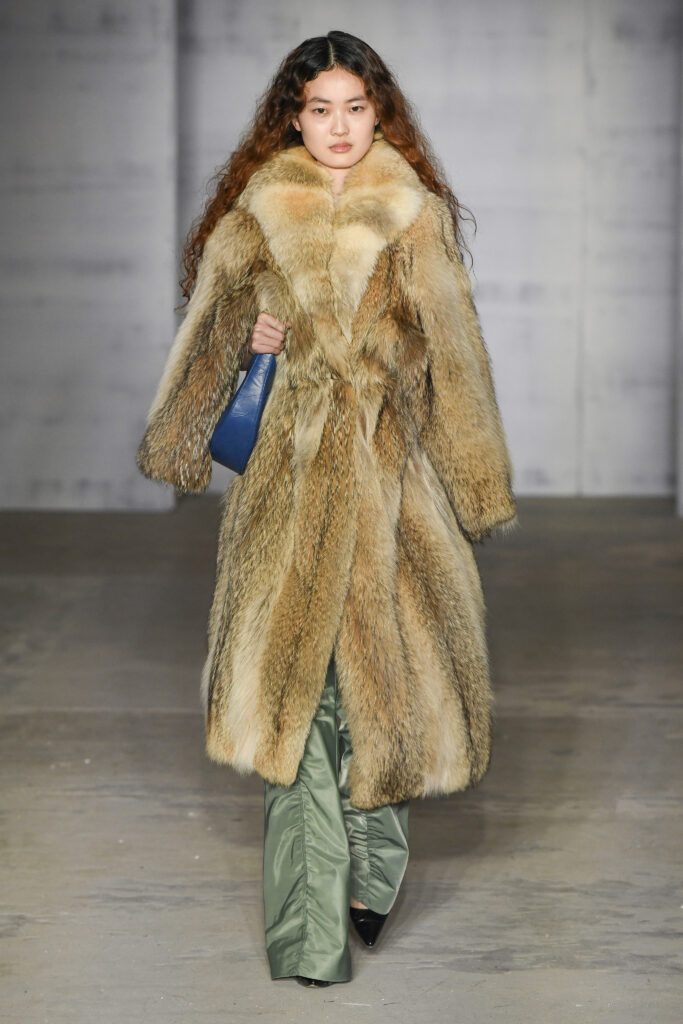
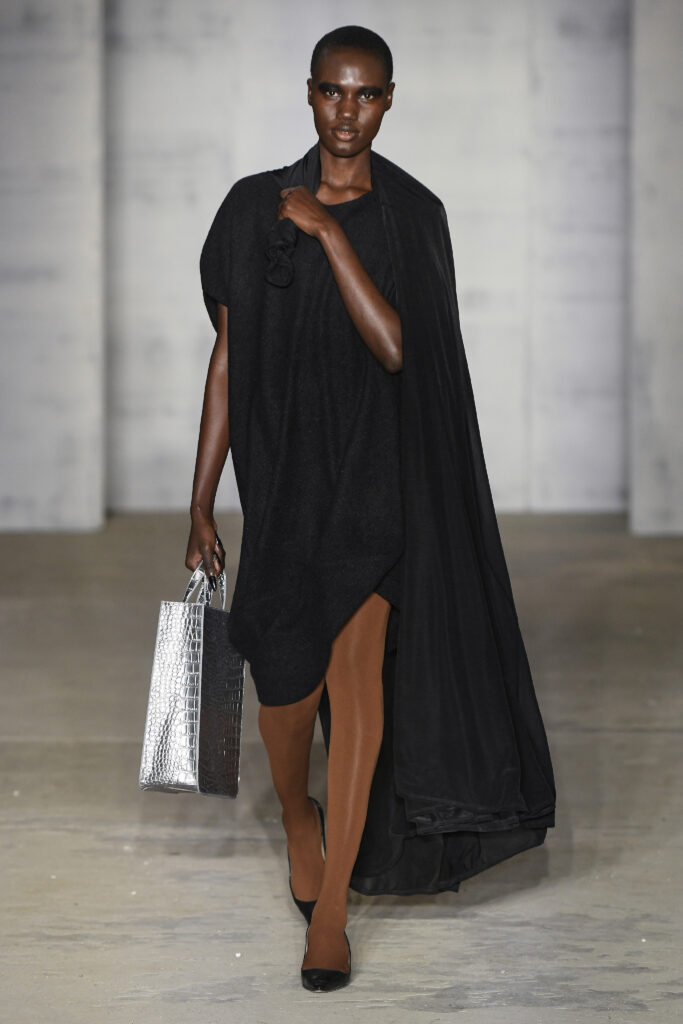
Puppets and Puppets showed their final show at New York Fashion Week, and The New York Times wondered whether that mattered. The six-year-old fashion brand couldn’t keep up with New York’s pace and costs. It made the founder and creative director, Carly Mark, decide to move to London instead to continue her business from overseas. It’s a big miss for NYFW since the brand got nominated for the CFDA Award and evoked a quintessentially New York feeling of endless possibilities. Those possibilities don’t seem endless, after all, with rising costs and less support for upcoming designers. Time will tell whether London will be a better match.
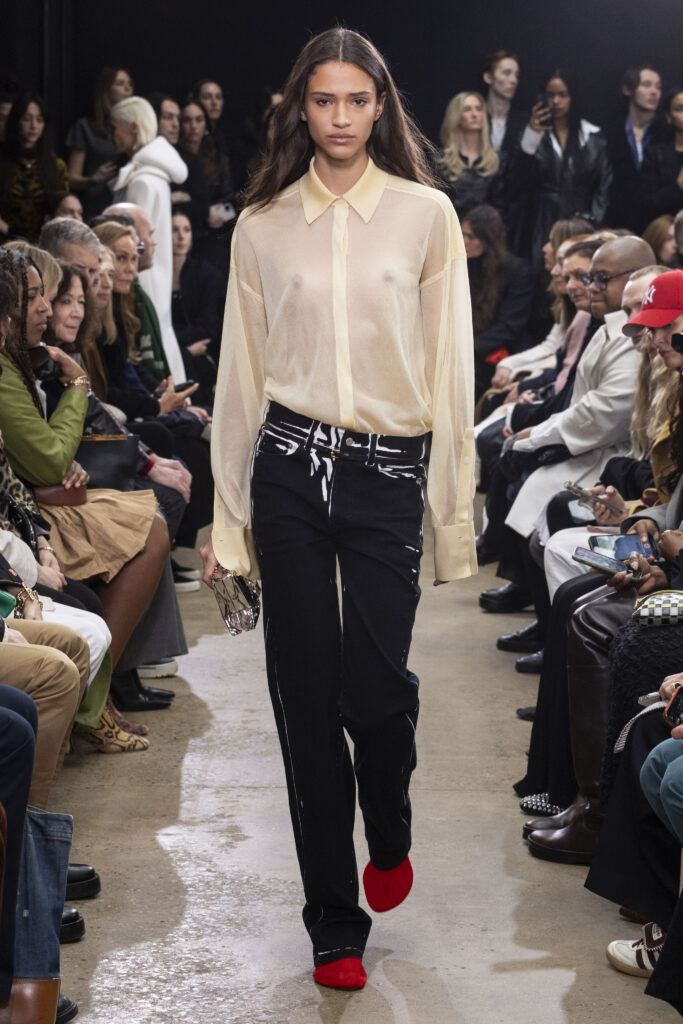
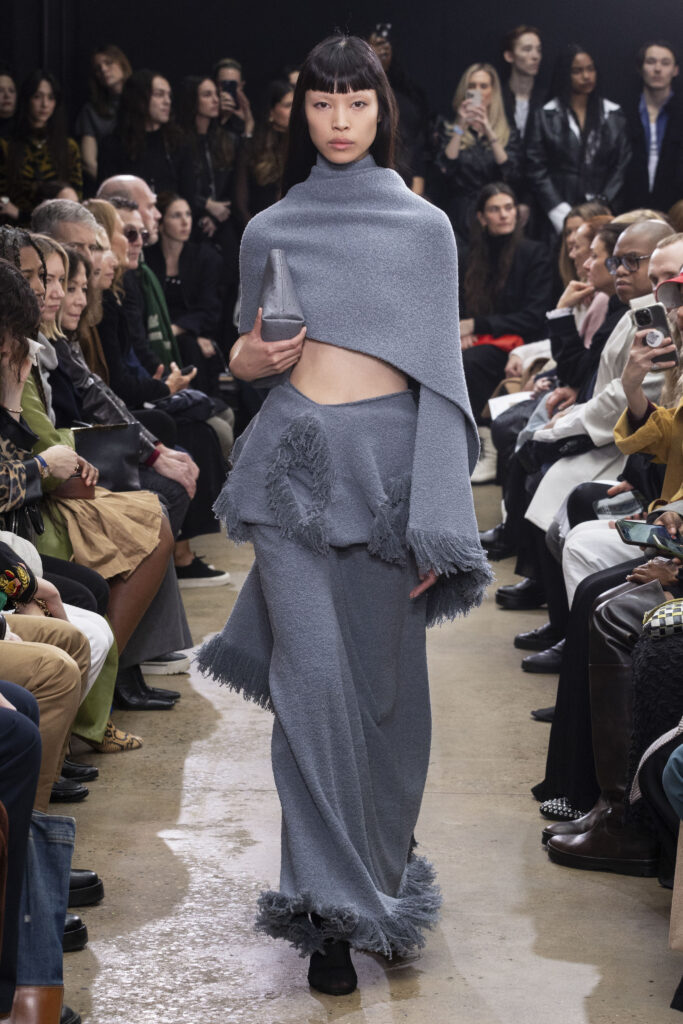
Once again, Proenza Schouler’s Jack McCollough and Lazaro Hernandez did their best: developing a fresh, relatable yet elevated wardrobe, stripping away unnecessary details. Pre-show, the designers shared that they were done with the old-fashioned idea of a fashion calendar. Yet, here they are, showing at New York Fashion Week per usual. To them, it doesn’t make much sense to focus on multiple collections a year when the world is on fire. Therefore, the collection’s mood was centered around self-reflection, focusing inward. The allure of enveloping oneself in plush shearling vests and coats, a prevalent motif in this collection, resonates deeply with the collective desire for comfort amidst the challenges of our era. Proenza Schouler’s embrace of this instinct taps into a universal longing for solace.
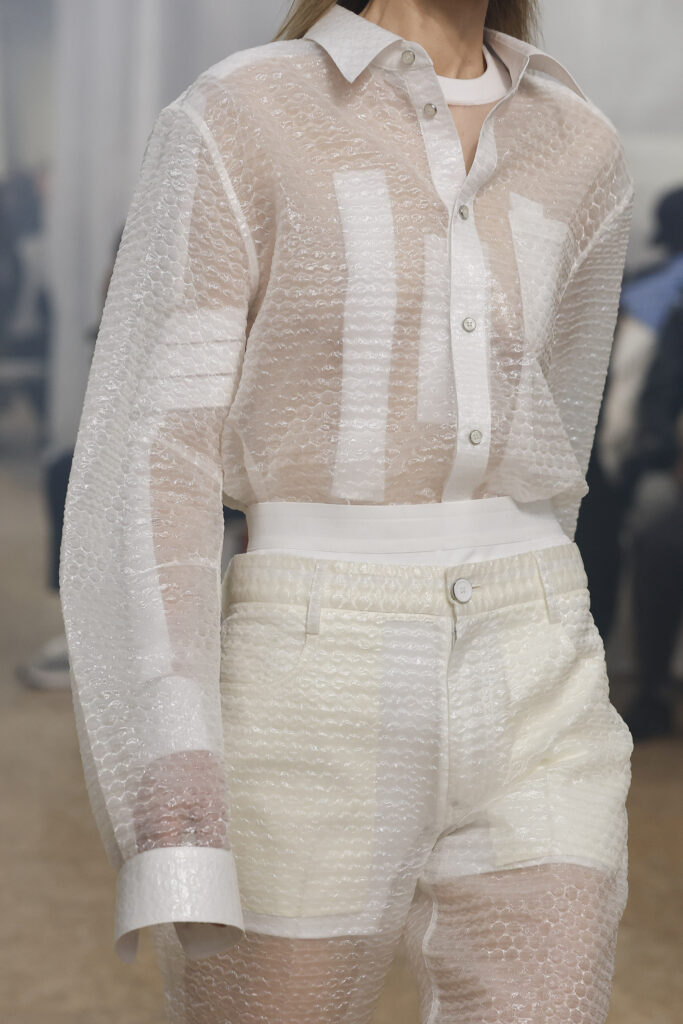
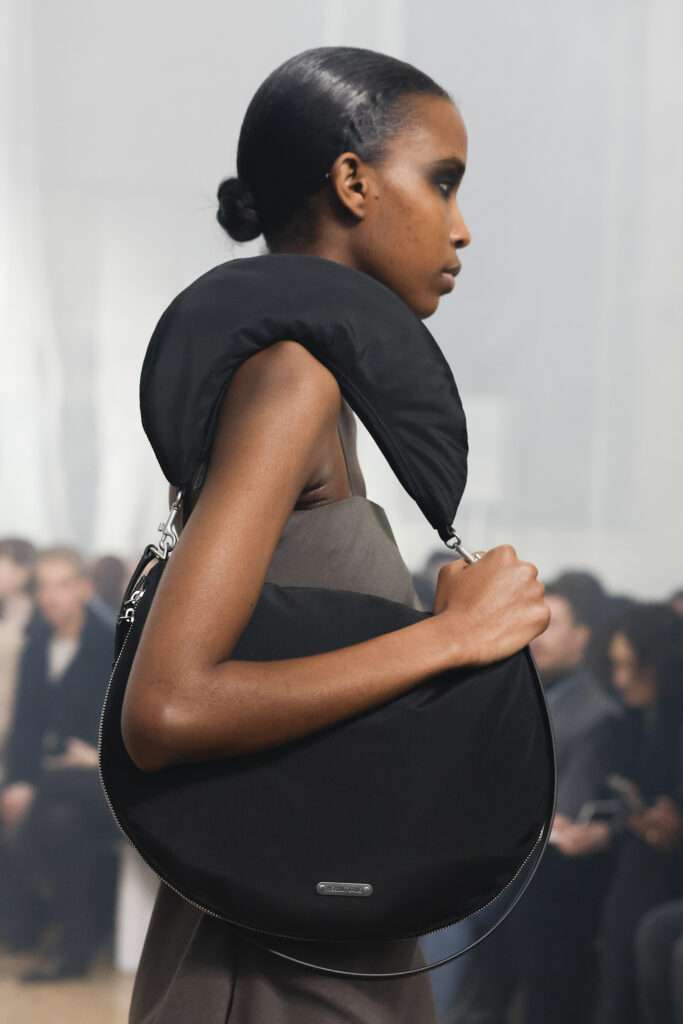
Helmut Lang’s show marked the second collection by Peter Do. His debut wasn’t received that well, but his second collection for the house didn’t disappoint. The creative director did his homework and now seems to understand Lang’s legacy better. He worked on the tailoring to be recognizable as Lang from miles away, which succeeded. Other themes were “protection and projection,” clearly visible in the bubble wrap looks. A bulletproof look intertwined both concepts, referencing the state of the world. Overall, Do did a great job merging these two concepts and incorporating Lang’s legacy into a collection that felt modern, too.
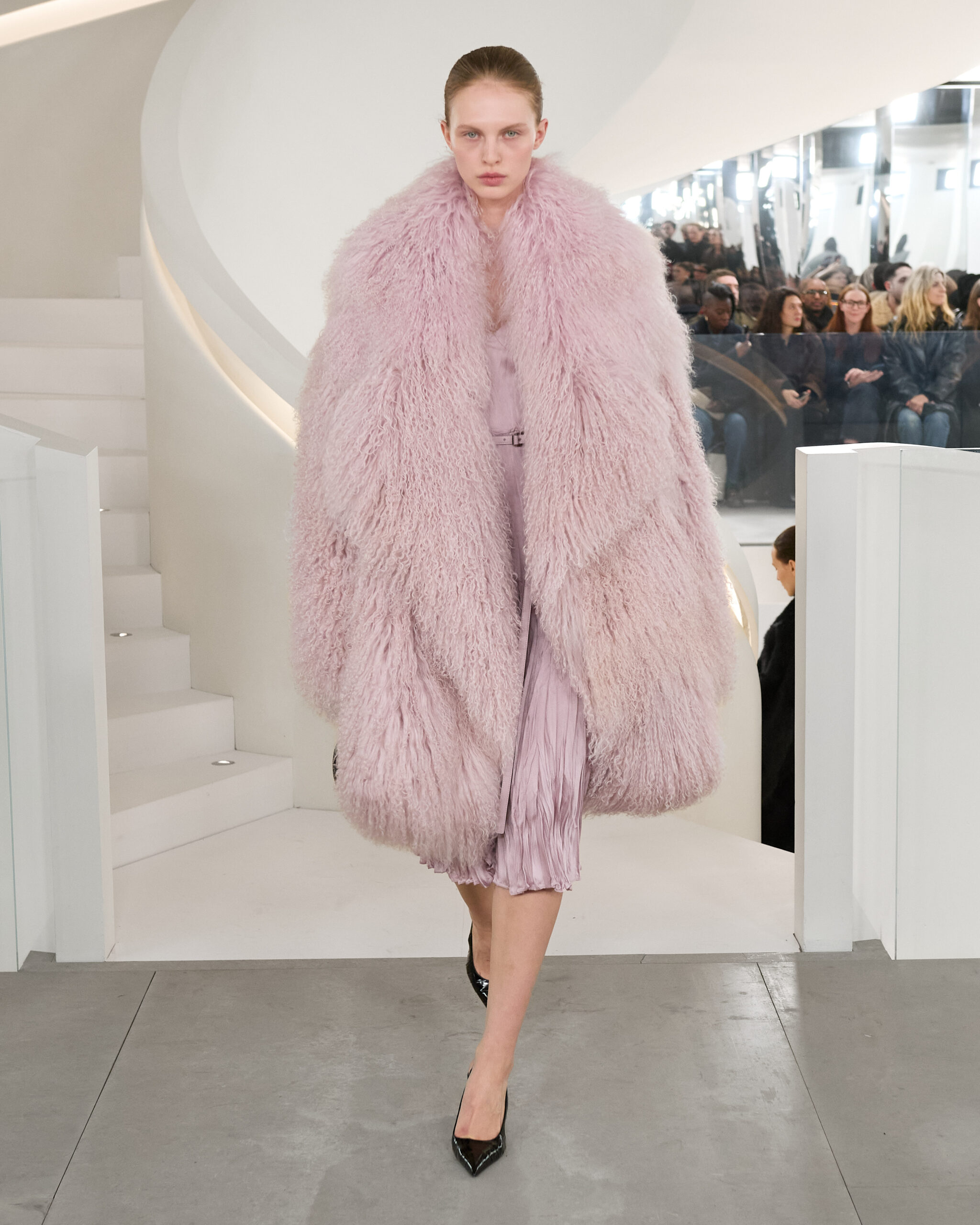
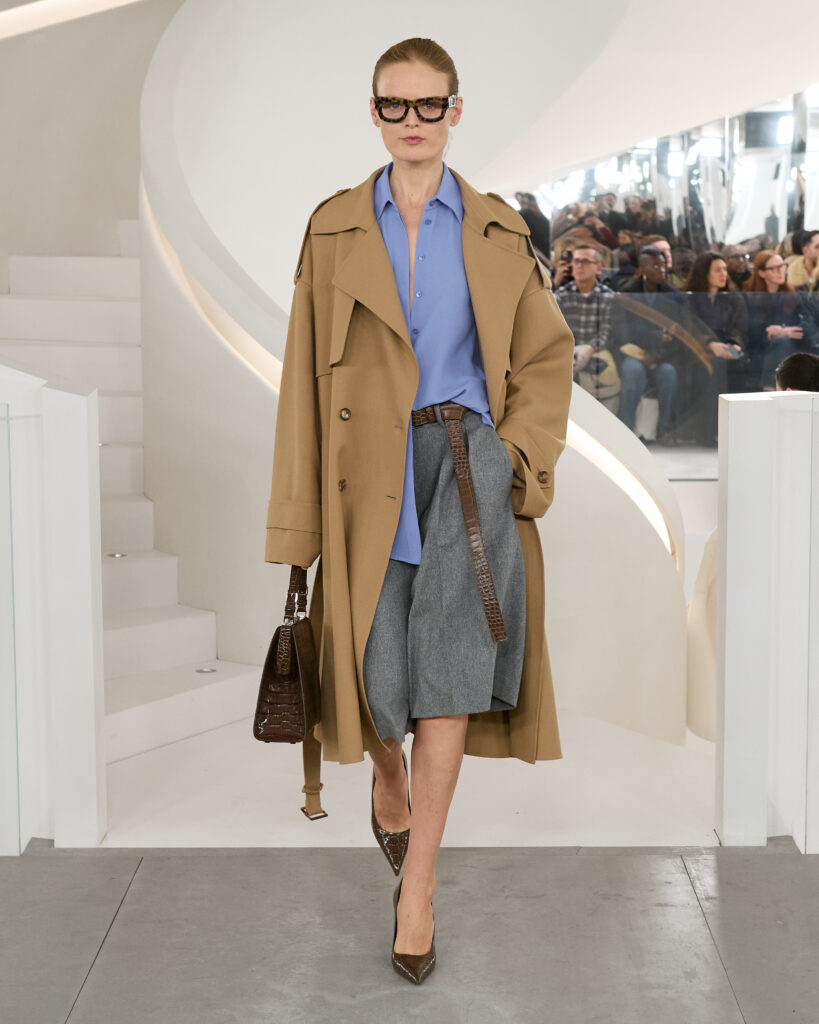
Michael Kors used his grandparents’ wedding as the leading mood for his fall/winter 2024 collection. The image of his grandmother in her wedding dress has always encapsulated the creative director. Simplicity and chicness were his take on his grandmother’s look. When his mother passed away last summer, Kors and his family sorted out her possessions, and in a magical moment, the dress popped up. Strong yet feminine, polished, yet ahead of time: Kors reevaluated New York classics in his new collection. It was one of Kors’ most timeless collections to date, showing his ability to adapt to fashion’s needs.
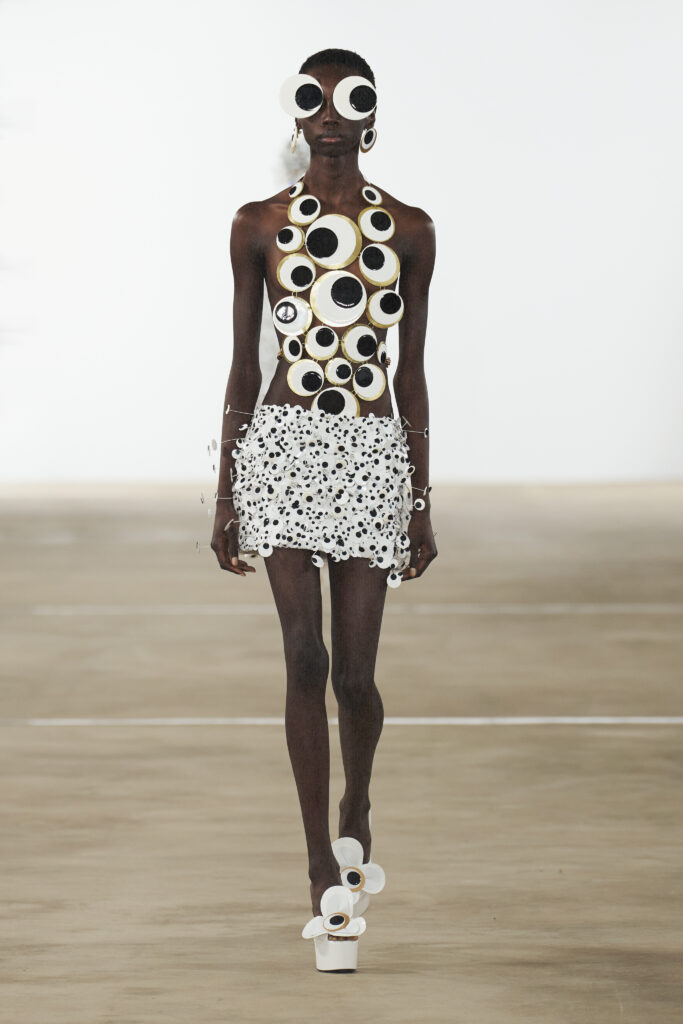
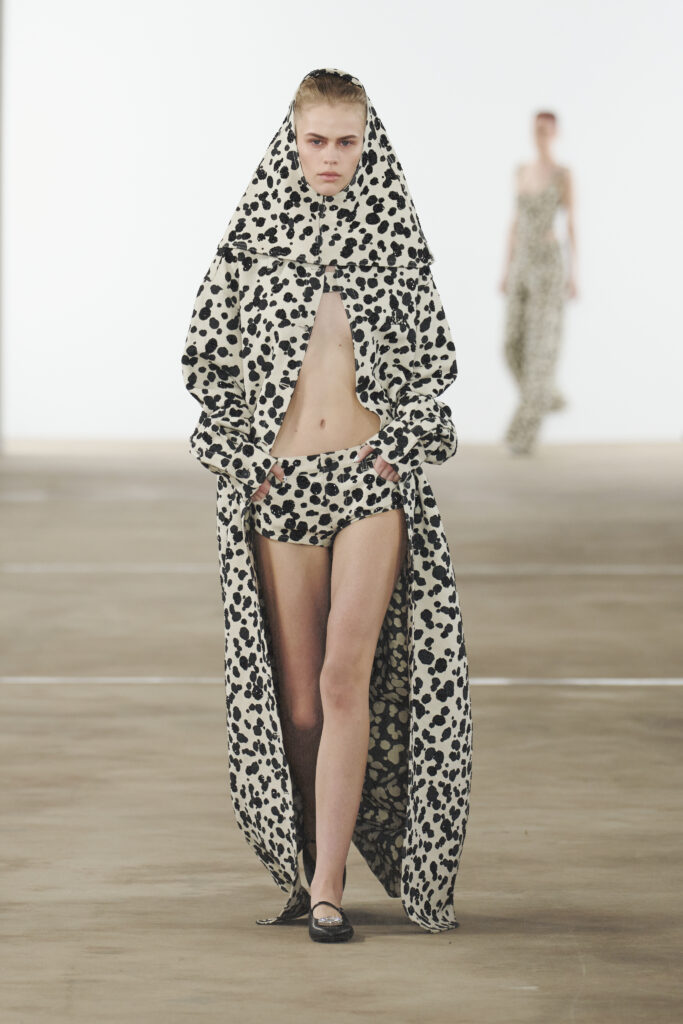
Area celebrated its tenth year in business with a collection that explores new perspectives. Piotrek Panszczyk, Area’s Creative Director and Founder thought it was time to shake things up. “The eyes as a symbol just speak to us because they connect so many of our favorite art forms like Pop Art in the ’60s or surrealism in the 1920s, from Warhol to Man Ray,” the designer explained to Vogue Runway. Intentionally or not, the eyes formed the basis of the collection, creating a sense of a panopticon philosopher Foucault was known for. And that’s precisely what fashion week is: a panopticon – the ones watching have the power to make or break brands. But, luckily for Area, the reviews were laudatory.

